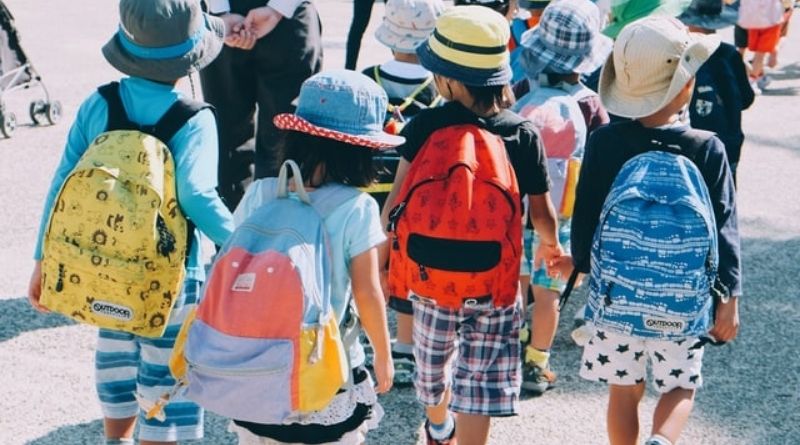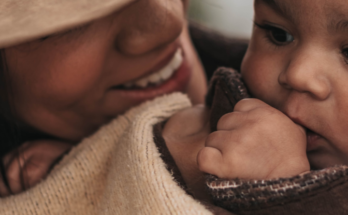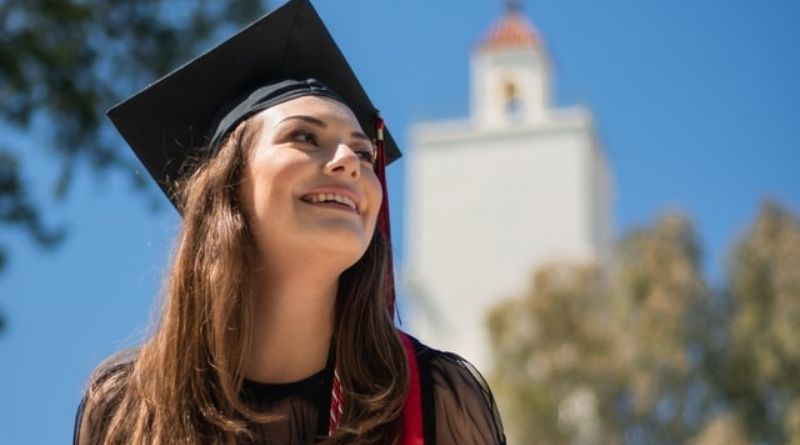Schooling in Canada for newcomers can be a totally new experience. Newcomers in Canada have a lot of questions including those that it relates to the education system in Canada. These questions revolve around the class structures or grades, the costs, the quality of education amongst others. In this post, we will walk you through these questions and provide useful information on schooling in Canada. Let’s get started!
What is schooling in Canada for newcomers like ?
In Canada, children between the ages of 5 to 18 are legally required to attend school. School time runs between 9 am to 3 pm, Mondays to Fridays.
When does school start in Canada?
The school year in Canada starts in September and ends in June.
The Canadian Education System or School Grades
The Canadian school system starts from Kindergarten and ends at grade 12. See the general breakdown below:
- Pre Elementary School: Kindergarten
- Primary/Elementary School: Grade 1 to Grade 6
- Secondary School: Grade 7-12
- Post Secondary
Please note that the above vary from province to province. Kindergarten starts as early as four years old. Most high school students graduate by the time they are 16 or 18 years old.
- Pre-elementary:
Kindergarten is available for children between the ages of four to five. It is optional in most provinces except New Brunswick and Nova Scotia. Kindergarten is available in public, private or federal schools. The first year in Kindergarten is free in most provinces. Children in Kindergarten are taught basic knowledge in counting, reading, art, etc
2. Primary or Elementary School:
This starts at grade 1 and runs till grade 6. Children start at either age 6 or 7. In this class, there’s usually one teacher that teaches the students the subjects. The curriculum covers maths, English, Frech( Quebec), science, music, etc.
3. Secondary School:
Here, you have two levels- Junior high school and High school.
Junior high school run between Grade 7-8, while High School runs between Grades 9-12. In Quebec, this ends at grade 11`and is followed by a pre-university program called CEPEG(It’s an acronym from the French term Collège d’enseignement general et professionnel, which means General and professional teaching college). Unlike the elementary school where one teacher teaches all the subjects, students in junior high and high school attend various classes taught by different teachers.
It is important to note that, by law, students are required to stay in school until the age of 16. In Ontario and New Brunswick, this age is 18 or until they earn a high school diploma.
4. Post-secondary school:
Post high school, students in Canada can either go to a college or a University. A college is a small community school focused on vocational or trade training. Some might grant university credits as well. A university on the other hand gives degrees upon completion.
Types of Schools in Canada
- Public Schools:
These schools are funded by the government of a province or territory. Each province is divided into school districts and each district is run by a superintendent or an elected school board.
- French Immersions: This is a programme under the public schools. Toronto District School Board defines it as: “…designed for students who do not speak French at home. The Early Immersion Program begins in Senior Kindergarten. It offers 100% French instruction in the classroom until the end of grade 3, although some specialist subjects may be taught in English. English instruction is gradually introduced beginning in grade 4 until it becomes a half-day program from Grades 6-8.” This program fills up quickly and usually has long wait times.
- Private Schools:
Unlike public schools, these are not funded by the government and might be expensive.
3. Catholic Schools in Canada:
You might have heard about catholic schools in Canada. They teach both the regular school curriculum as well as religious teachings. You can find them either as public schools or private schools. Catholic schools are public-funded only in the provinces of Alberta, Saskatchewan and Ontario.
Is education free in Canada?
As we discussed above, there are various options in the education system in Canada, however, basic public education is free until the 11th or 12 grade, depending on the province. However, parents might be required to pay some fees for music or art classes
How to enrol your child in a School in Canada
- One of the first steps for schooling in Canada for newcomers will be to start by visiting the local school or school board office of the school you are interested in. Sometimes, your child may have to write an assessment test in mathematics and language to make sure that the child is placed in the right class. See the links of the various provinces below:
- Alberta
- British Columbia
- Manitoba
- New Brunswick
- Newfoundland and Labrador
- Northwest Territories
- Nova Scotia
- Nunavut
- Ontario
- Prince Edward Island
- Quebec
- Saskatchewan
- Yukon
What are the documents required when enrolling a child in a school in Canada:
The documents required for schooling in Canada for newcomers include:
- Confirmation of Permanent Residence (PR card)
- The child’s birth certificate
- The child’s vaccination certificate
- The child’s old school records.
- Proof of address: Copy of a bank statement, telephone or hydro bill, or apartment lease with your name and address
- Be aware of the registration deadlines so you don’t miss them
Do students wear school uniforms in Canada?
In public schools, children do not wear school uniforms, however, in some private schools they do.




